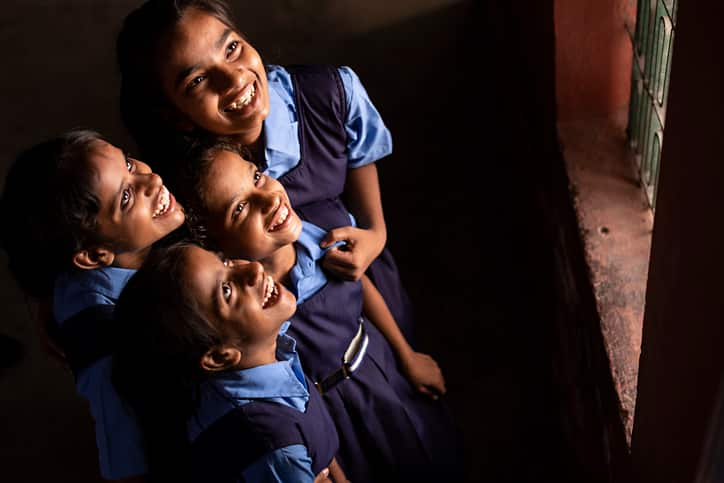More than twelve years after the Supreme Court's mandate to provide separate toilets for girl students in schools across India, only Goa, Delhi, Chandigarh, and Puducherry have fully complied with the order. In contrast, several northeastern states and Jammu & Kashmir (J&K) continue to lag behind the national average of 98% compliance, according to recent data presented to the Supreme Court.
The Supreme Court first issued this directive in 2011, and reiterated it in 2012, 2014, and periodically afterward, emphasizing that separate toilet facilities could significantly boost school attendance rates for girls. Later, following a Public Interest Litigation (PIL) by Jaya Thakur, the court sought a detailed status report on the availability of such facilities and the provision of sanitary pads in schools.
In an affidavit, the Union government informed the Supreme Court that 97.5% of schools across the country—including government, government-aided, and private institutions—now provide separate toilets for girls. Delhi, Goa, Chandigarh, and Puducherry are among the regions that have achieved 100% compliance with the Supreme Court's order.
States such as West Bengal and Tamil Nadu showed high compliance, with separate toilets for girls in 99.9% and 99.7% of schools, respectively. Other states with close to full compliance include Kerala (99.6%), Gujarat (99.6%), Punjab (99.6%), and Sikkim (99.5%). Major states like Uttar Pradesh (98.8%), Karnataka (98.7%), Madhya Pradesh (98.6%), and Bihar (98.5%) also reported high compliance rates.
However, the northeastern states remain below the national average. In Meghalaya, 81.8% of schools have separate toilets for girls, while Manipur has 87% and Assam 88.5%. Other northeastern states, such as Tripura, Nagaland, Mizoram, and Arunachal Pradesh, have compliance rates between 90.6% and 93%. Jammu & Kashmir reported 89.2% of its schools with separate toilets for girls, indicating significant progress but still below the national average.
The Centre highlighted that under the Samagra Shiksha scheme, launched in 2018, it has funded over 16 lakh toilets for boys and 17.5 lakh toilets for girls in more than 10 lakh government schools. Additionally, in approximately 82,400 government-aided schools, around 2.5 lakh toilets for boys and 2.9 lakh toilets for girls have been constructed.
On the matter of the November 2023 directive for providing sanitary pads to adolescent girls, the Centre revealed that of the 35 states and Union Territories, 19 are providing sanitary pads free of cost, while nine—including Assam, Himachal Pradesh, J&K, and Kerala—offer them at a subsidized rate. A hybrid model, combining free and subsidized schemes, is in place in six states, while Bihar and Madhya Pradesh have opted to transfer funds directly to the beneficiaries' bank accounts.
You may also like

Martin Keown sends clear message to Ruud van Nistelrooy after Ruben Amorim appointment

Bubba Watson handed new role as announcement made following LIV Golf star's relegation

Kabhi Main Kabhi Tum: Hania Aamir's reported earnings for 35 episodes

Alesha Dixon's latest venture as she says she's 'so lucky' to return to BGT for 13th year

This 2p coin could be worth £1,000 - and it's rising in value all the time







